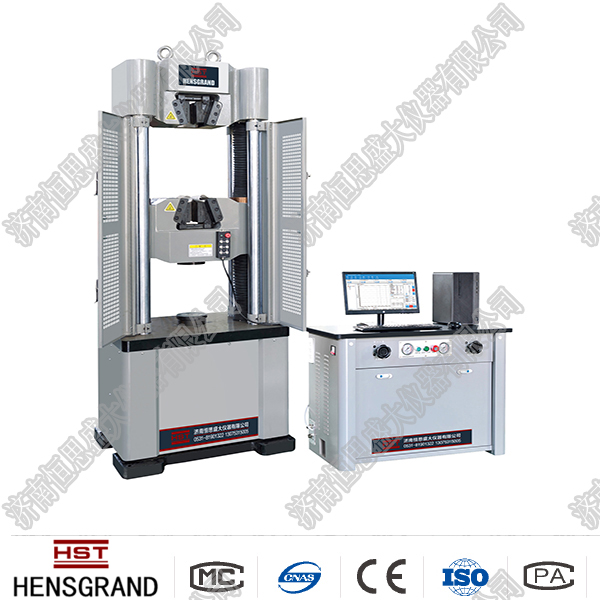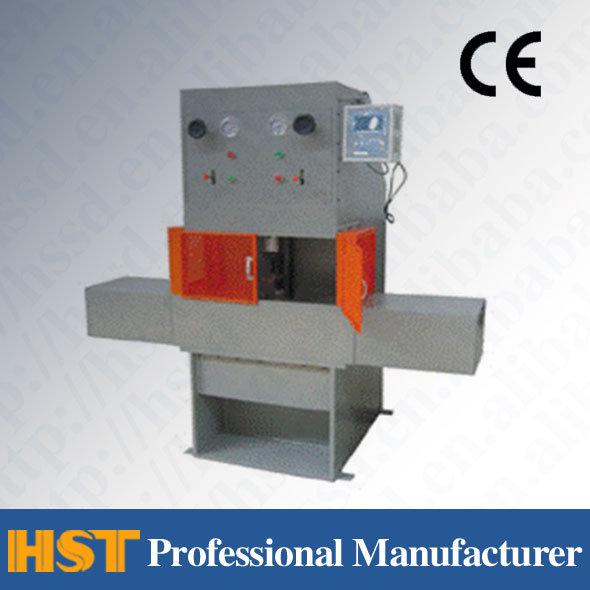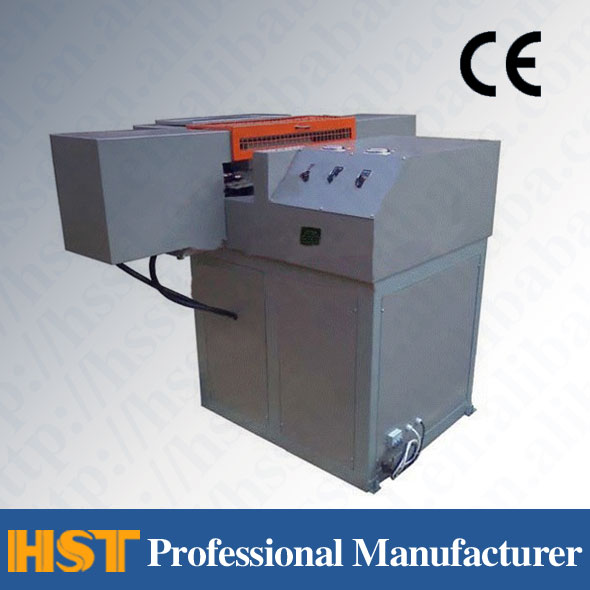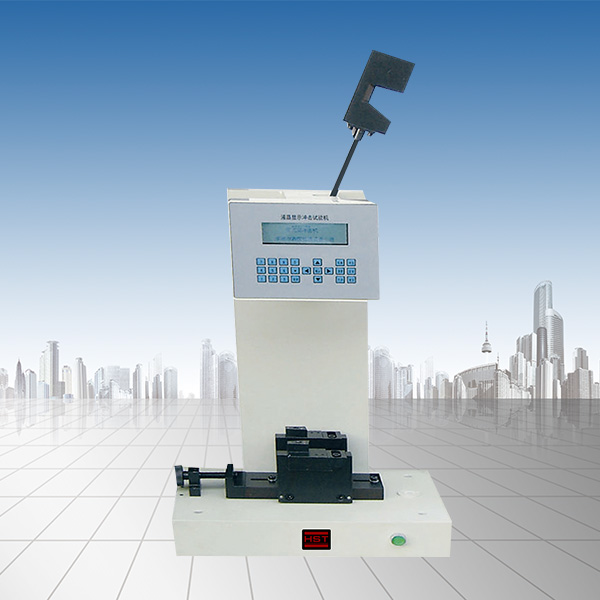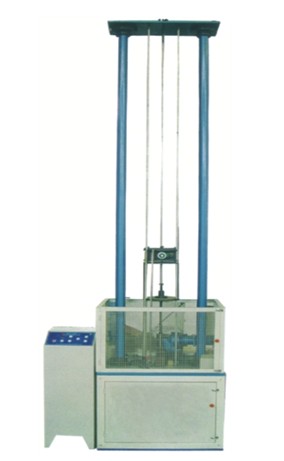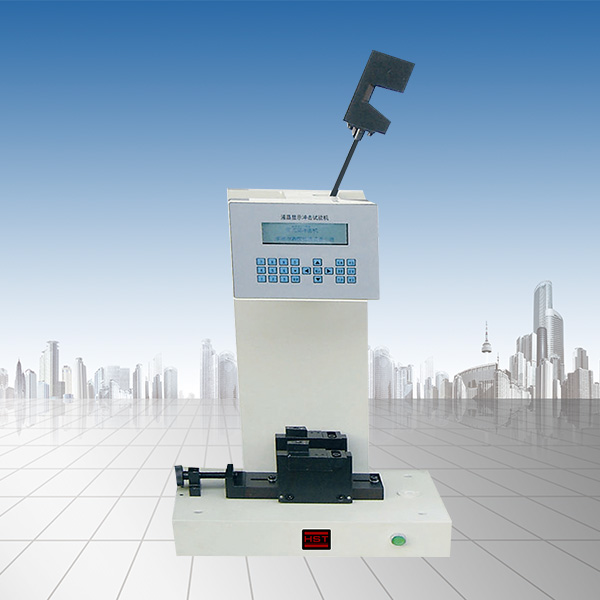News
Analysis of the reasons for the slippage of the tensile tester
Release time:2022-07-01 source:Jinan Hengsi Shanda Instrument Co., Ltd. Browse:
Tensile testing machine, also known as universal material testing machine, is a mechanical force test machine used to test mechanical properties such as static loading, tensile, compression, bending, shearing, peeling, etc. for various materials. It is suitable for various physical and mechanical properties testing of plastic sheets, pipes, special profiles, plastic films, rubber, wires and cables, etc. It is an indispensable testing equipment for physical properties testing, teaching research, quality control, etc. As an important part of the instrument, different materials require different fixtures, which is also an important factor in whether the test can be carried out smoothly and the accuracy of the test results.
The tensile tester will slip during use. What is the reason? The editor of Kejian summarized that the reasons can be divided into two categories: human factors and equipment factors.
1. Human factors cause the tension test machine to slip
The human factors that cause the tensile tester to slip are caused by the operator's failure to operate according to the correct method of the test when conducting the test. There are two main factors: the short sample clamping length and the improper selection of the jaws of the fixture.
1. Test clamping length is short
The correct way to use the test machine clamp should be that when the clamping length of the test piece is the same as the length of the tooth surface of the fixture, first use external force to push the jaws to generate initial friction on the clamping surface, and then load the sample through the movement of the cross beam of the test machine. When the friction pulls the jaws (weed-shaped mouth), the greater the axial tension, the greater the clamping force generated. The specific wedge ports with two inclined surfaces on the test machine clamp are designed according to the above clamping method and are designed according to the uniform compressive stress.
However, some operators did not operate according to the requirements of the test machine. The clamping length of the sample is short, or the sample is processed too short, causing uneven stress on the inclined surface of the wedge mouth, and the local stress on the wedge mouth far exceeds the yield strength of the material, which causes the wedge mouth to undergo plastic deformation and severe outturn, causing the inclined surface of the wedge mouth to collapse or wear. The fixture continues to be used in this case, reducing the angle of the wedge-shaped opening, causing the stress state of the fixture body to deteriorate and slippage.
2. Inappropriate selection of jaws for fixtures
The tensile tester clamp has a variety of different specifications and clamp surfaces. Different collets are used for different specimens. Some operators use large specification jaws to clamp small cross-sectional samples during tests, or use flat collets to clamp large samples, so that the clamps and the sample are not in close contact, and the friction coefficient is significantly reduced. The most intuitive manifestation is that the scale peaks of the clamp are smoothed by the divisor and the friction force is greatly reduced. When the pressure on the sample gradually increases to reach the maximum static friction, the sample will slip and false yielding occurs from the surface.
2. Equipment causes the tension tester to slip
The main reasons for the equipment are that the tensioner slips when pulling the sample because the iron oxide sheet falls into the inclined surface of the wedge block. During the drawing process, metallic iron oxide sheets are produced. The iron oxide sheets will fall into the inclined surface where the wedge block and the fixture are combined, causing the flatness of the inclined surface to be damaged and the surface roughness is severely reduced, making the wedge-shaped mouth (wedge block) inflexible movement. When the tension continues to increase, the wedge blocks will crawl (jumping) while sliding along the dovetail inclined surface. This is how the sound of horns and horns that often appear during stretching and loading. This is what is commonly known as slippage.
Recommended productsPRODUCTS


















